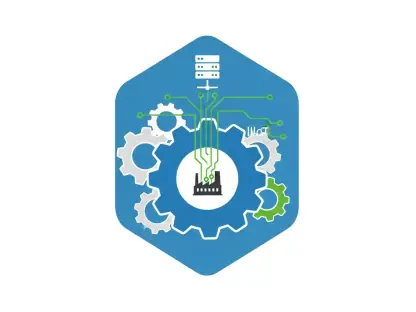Recent developments in global trade policy have created a maelstrom in the U.S. toy industry, demanding a closer look at evolving market dynamics. With tariffs on Chinese imports reshaping how toys are manufactured and distributed, industry players are reevaluating their operational and strategic approaches. This analysis dives into the ripple effects of these changes, shedding light on industry shifts, stakeholder responses, and projections for what lies ahead.
Navigating a Shifting Toy Industry: Context and Insights
The imposition of tariffs by the U.S. administration on Chinese goods has sent shockwaves through industries reliant on affordable manufacturing. The toy sector, heavily dependent on Chinese production, finds itself particularly vulnerable. With approximately 80% of toys sold in the United States originating from China, the sector’s longstanding cost efficiencies and manufacturing capabilities are at significant risk, prompting an urgent need for strategic reassessment.
Industry Dynamics and Emerging Trends
Increasing Costs and Strategic Responses
As tariff-induced costs continue to escalate, companies within the toy industry face heightened financial pressure. Larger firms like Mattel and Hasbro have initiated strategic pivots, eyeing price adjustments to sustain profitability. Smaller players, however, grapple with absorbing these costs without drastically affecting consumer prices. These market dynamics underscore the necessity for diversified supply chains and innovative solutions to counteract unforeseen economic pressures.
Shifts in Consumer Preferences
Parallel to the economic shifts, the toy industry also contends with changing consumer behaviors. While traditional toys maintain cultural significance, digital entertainment’s allure grows stronger among younger demographics. Toy companies are thus increasingly investing in digital transformation and expanding product lines to include tech-savvy toys, aiming to capture and maintain robust market engagement amidst shifting consumer preferences.
Regulatory Challenges and Safety Concerns
Tariffs and their broader economic implications have also spotlighted regulatory complexities within the toy sector. Concerns surrounding the safety of foreign-manufactured toys—especially regarding lead content—heighten scrutiny. Despite compliance by major brands with U.S. safety standards, the proliferation of e-commerce channels has made oversight challenging. As a result, regulatory bodies and industry stakeholders are intensifying their focus on ensuring product safety in a globalized trade environment.
Projecting Future Trends in the Toy Sector
Looking ahead, several factors will likely shape the trajectory of the toy industry. Technological advancements in manufacturing may diminish reliance on Chinese production, while evolving consumer attitudes toward sustainability could inform future trends. As trade policies adapt, companies that prioritize agile operational frameworks, innovative product development, and transparent communication about quality and safety may find themselves better positioned for success in an increasingly complex market landscape.
Strategic Pathways and Industry Recommendations
To remain resilient in this evolving landscape, toy companies must adopt multifaceted strategies that focus on cost efficiency, market adaptation, and consumer alignment. Diversifying production bases, harnessing digital advancements, and maintaining stringent safety standards will be crucial. Companies should also engage in proactive dialogue with regulatory bodies to navigate the complexities of international trade effectively, ensuring both compliance and consumer trust.
In conclusion, tariffs on Chinese goods have sparked significant transformation within the U.S. toy industry. Stakeholders have been prompted to innovate and adapt, navigating economic realities and evolving consumer expectations. By anticipating the challenges ahead and leveraging strategic insights, the toy sector can maintain its vibrancy and continue delighting generations to come.









